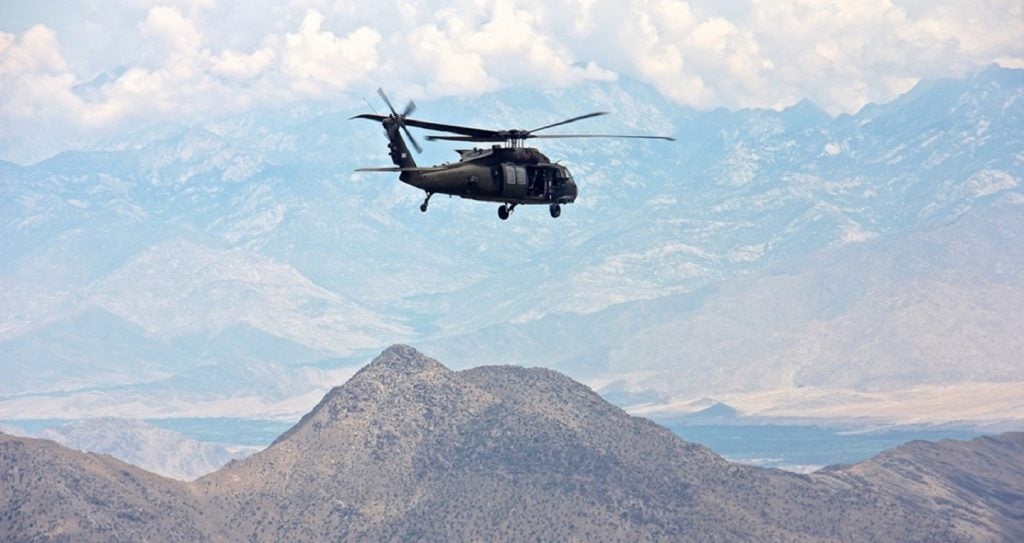The US Army Aviation branch revealed it is restructuring its future lift fleet to match near-peer threats as it seeks to strip away the counter-insurgency posture cultivated over the last two decades in Afghanistan and Iraq.
Presently, the US Department of Defense acknowledges it must outmatch regimes militarily as they seek to challenge the so-called ‘Rules-Based Order’ – espousing national sovereignty and liberalism on the world stage – in which it identifies China as a “pacing threat,” alongside Russia, Iran and North Korea.
Fundamentally, the transition will see the US Army take a step backwards, returning to 2004, pre-Iraq surge levels.
A step backward?
As part of the US Army’s “aggressive optimisation,” the service announced at the end of 2023 that it intends to reduce its UH-60 Black Hawk fleet by more than 150 units.
According to the leading intelligence consultancy, GlobalData, Black Hawk helicopters have logged more than four million flying hours since it entered service in 1978, during a diverse range of combat missions in Panama, Afghanistan, Iraq, and numerous humanitarian and rescue missions including operations in Bosnia.
In its place, the Future Long Range Assault Aircraft (FLRAA) will serve as a successor long-range, high-speed utility aircraft. Units will utilise FLRAA’s increased speed, range, and manoeuvrability to assault enemy forces from areas of relative safety outside the range of enemy long-range fires.
Likewise, the force has already cancelled its Future Assault Reconaissance Aircraft (FARA) in favour of a more hybrid force structure that employs uncrewed reconnaissance systems as collaborative aerial assets designed to increase the lethality and survivability of the main, crewed platforms.
This mark an age of warfare marked by faster, longer-range, hybridised roles in an age where long range fires reach greater distances with much more precision.
Balancing insurgency and near-peer threats
According to its Armed Conflict Survey 2023, the International Institute for Strategic Studies (IISS), a British security think tank, warned: “At the core of the grim outlook for conflict globally is the current complexity of contemporary wars, which often feature a large number of diverse non-state armed groups (NSAGs) as well as external interference."
The IISS indicates that there is still a place for counter insurgency methods in a modern force structure. This was a point that was reiterated in discussions at the IMH conference – US Army Aviation must pursue a balance.
The UK Ministry of Defence is pursuing such a balance too, for which it announced that it will begin to negotiate with suppliers for its New Medium Helicopter concept, which the Government hopes will serve as a multi-mission “Swiss Army knife.”









